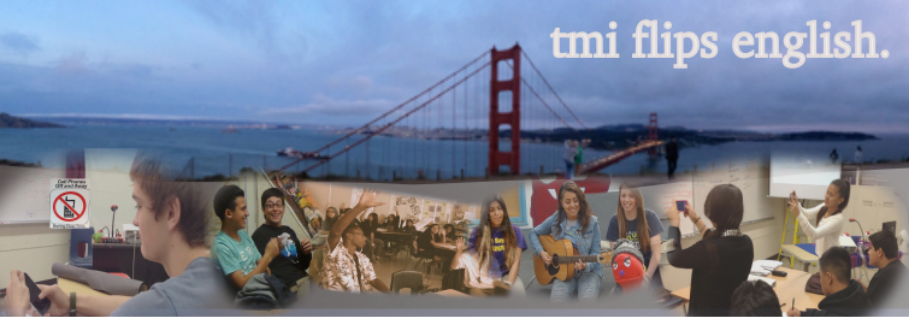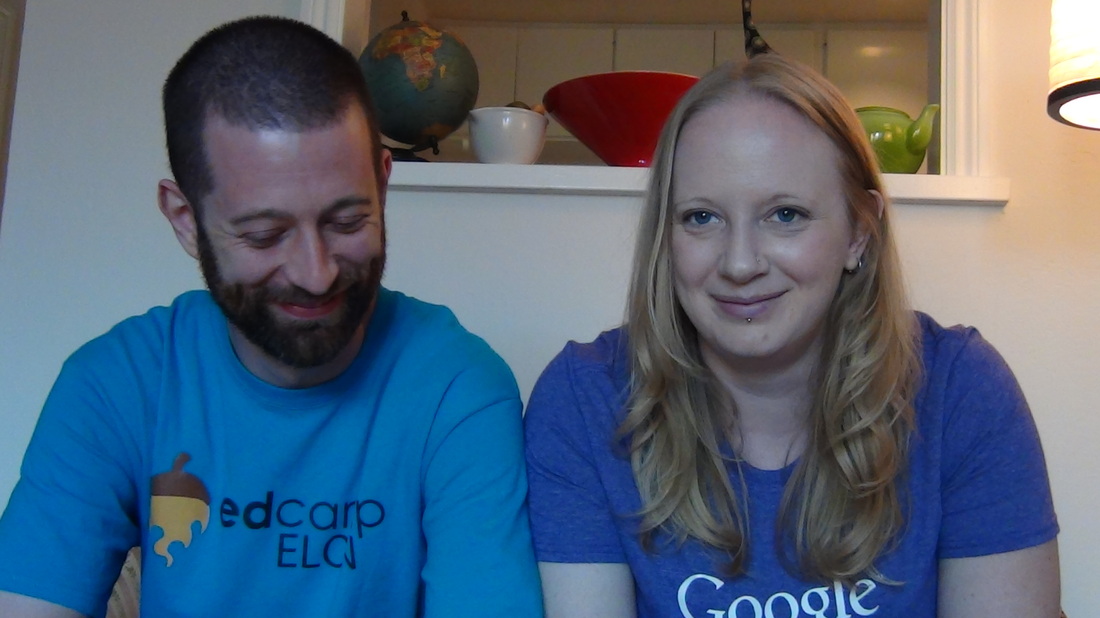But the way we teach writing is probably pretty different than how you were taught, and probably pretty different from the way it is being taught in your school right now. This process is an amalgamation of many of the ways we learned to write (1:1 conferences, intensive feedback) and methods we’ve found to help students along the Writing Path.
For most students, the Five Paragraph Essay (FPE) has loomed as the dominant force in their experience with writing. You can argue that is a bad thing or a good thing, but it is a thing; and for our students, it is a thing that we try to push beyond. Whether you love it or you hate it, students who rely on the formula for the FPE end up writing something that is 90% structure and 10% content. And often, that 10% content is parroted back from whatever the teacher has said about the issue or text in class. And yet, students leave high school believing they are good writers, only to have their first college professor or employer disabuse them of that notion pretty quickly.
Clearly, the way we teach writing has to change.


 RSS Feed
RSS Feed
